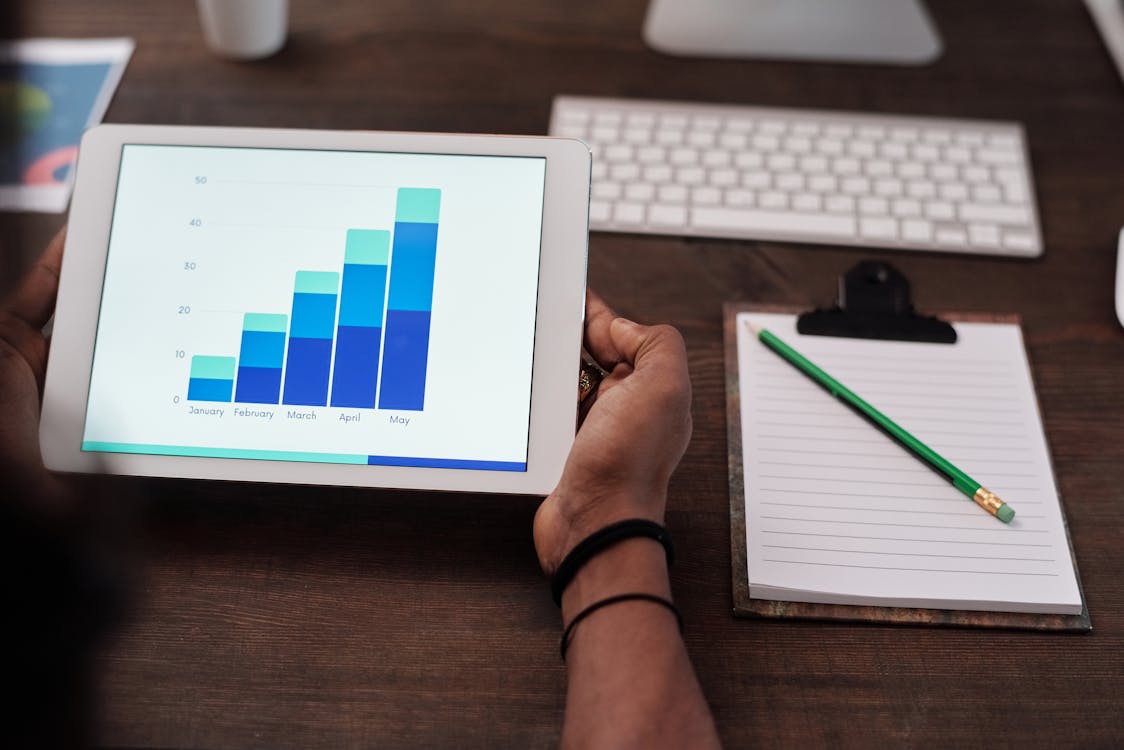
The Consumer Price Index (CPI) is a critical economic indicator that tracks inflation by measuring the average change in prices paid by consumers for a basket of goods and services. Traditionally, the calculation of the CPI has relied on manual data collection and statistical methods. However, recent technological advancements are transforming how the CPI is measured, making it more accurate, timely, and reflective of modern consumption patterns. This article explores what those in the know like Kavan Choksi have to say about how technology is revolutionizing the measurement of the CPI.
Big Data Analytics
Enhanced Data Collection:
- Big data analytics allows for the collection and analysis of vast amounts of pricing data from diverse sources, such as online retailers, point-of-sale systems, and mobile payment apps. This wealth of data provides a more comprehensive and real-time view of price changes across various regions and product categories.
Improved Accuracy:
- With big data, statisticians can identify and correct anomalies or outliers more effectively, ensuring that the CPI reflects true price movements. Advanced algorithms can analyze patterns and trends, reducing the margin of error in CPI calculations.
Real-time Updates:
- Traditional CPI calculations involve a significant time lag, with data often being several weeks old by the time it is published. Big data enables more frequent updates, potentially even real-time CPI tracking, providing policymakers and consumers with timely information on inflation trends.
Artificial Intelligence and Machine Learning
Automated Data Processing:
- Artificial intelligence (AI) and machine learning (ML) algorithms can automate the processing of large datasets, quickly analyzing prices from numerous sources. This automation reduces the need for manual data entry and analysis, speeding up the CPI calculation process.
Predictive Analysis:
- AI and ML can be used to predict future price trends based on historical data and current market conditions. Predictive analytics can help policymakers anticipate inflationary pressures and take proactive measures to stabilize the economy.
Enhanced Quality Adjustments:
- One challenge in CPI measurement is adjusting for quality changes in products. AI can analyze consumer reviews, product specifications, and other data to make more precise adjustments for quality improvements, ensuring that the CPI reflects true price changes rather than perceived increases due to better product features.
Online Price Tracking
E-commerce Data Integration:
- The rise of e-commerce has created a vast pool of pricing data that can be integrated into CPI calculations. Online price tracking tools scrape data from websites, capturing prices of millions of products in real time. This data can supplement traditional data sources, providing a more accurate picture of consumer prices.
Dynamic Pricing Analysis:
- Many online retailers use dynamic pricing, where prices fluctuate based on demand, competition, and other factors. Tracking these price changes in real time helps capture the volatility and trends in consumer prices more accurately than periodic surveys.
Technological advancements are revolutionizing the way the Consumer Price Index is measured, making it more accurate, timely, and reflective of modern consumption patterns. Big data, artificial intelligence, online price tracking, and blockchain technology are transforming CPI calculations, providing policymakers and consumers with more reliable information on inflation trends. As these technologies continue to evolve, the CPI will become an even more powerful tool for understanding and managing economic conditions.































